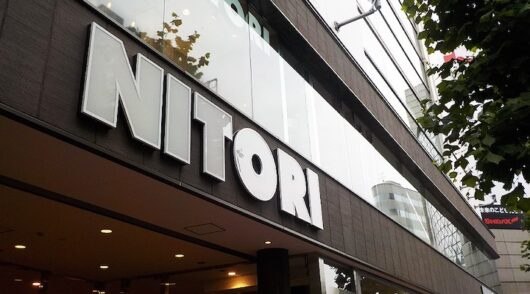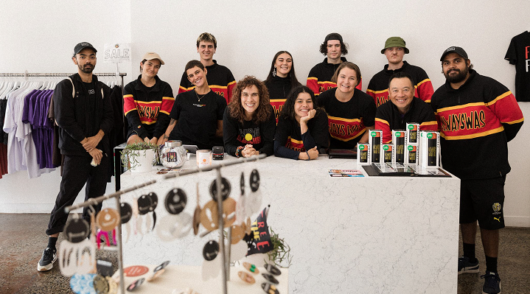Human beings are creatures of habit. On a basic level, habits allow us to successfully function without thinking through every waking moment of our day. And our habitual responses to everyday situations are a fundamental survival instinct. Shoppers (in case you hadn’t noticed) are human beings, and tend to form and then follow certain patterns of behaviour.
That’s why shopping centre owners talk about the “ant trail”. Think about your own personal circumstance. You’ll tend to park in the same spot in a centre, frequent the same entry, visit the same stores in the same sequence, and stop at the same café for the same treat. And you’ll be equally oblivious to the new stores and attractions around you, unless they (metaphorically or literally) leap out at you.
In stores too, we’ll follow the same paths to purchase (consider your own habits in supermarkets), and respond to the same stimuli along the way.
As retailers, so long as we are content with the habits of our customers, we’re happy little merchants. But what if we’re trying to undo bad habits? Can we teach old dogs new tricks?
Right now, many retailers across the globe are trying to retrain customers away from “discounts” and towards “value”. The aim is to undo decades of conditioned responses to percentage off promotions and red Sale signs, and have shoppers react instead to a basket of attributes that represent “price plus”. It could be price plus quality, price plus brands, price plus convenience, or a combination of benefits bolted on to price. And the retraining process is proving really, really challenging.
One of the high profile failures this year has been mid-market US department store JC Penney. In February this year, Penneys announced that they would dispense with “mark up to mark down” and introduce a simpler, “fair and square” three-tier pricing policy. Most items in store would now be “everyday prices” (about 40% less every day than the starting price used to be), some would be “month-long values” and on the first and third Fridays of each month there would be clearance items or in JC Penney parlance, “best prices”.
Three months later the strategy was in tatters. Staff didn’t get it, customers didn’t like it, and sales plummeted. JC Penney had to backtrack spectacularly, losing their marketing head, hardening up promotional messages, and, tellingly, retiring “month-long values” for the clearer term – “sale”.
Meanwhile in Australia, Kmart has had much greater success in retraining its customers away from “high-low”. One reason is that MD Guy Russo (unlike JC Penney chief Ron Johnson) spent six months listening to staff and customers before he started making changes. With staff, most critically of all, he got buy-in. Secondly, Kmart’s new prices were so low as to be attention-grabbing in their own right.
With a model based to no small degree on UK fast-fashion retailer Primark, Kmart’s $5 tee (for example) was a headline in itself without requiring a “was/is” mechanic. Thirdly, Russo (again in contrast to his JC Penney counterpart) made sure that the strategy was executed comprehensively across the board – from PR and advertising, to internal communications, to product, to store design. (As great retailers know, execution is everything. Ex-Woolworths head Roger Corbett used to insist upon “exquisite execution”.)
Finally, Kmart focused on attracting new customers, and gaining share from other Discount Department Stores. Guess what? New customers don’t need to be retrained – you are training them on your offer from scratch.
My take-out is that retailers shouldn’t underestimate how tough it is to change existing customer behaviour and perceptions. If you’re going to do it, go big and bold (shoppers won’t even notice incremental change), make sure your staff “get it”, and carry it out with fanatical thoroughness. And perhaps consider attracting a pack of “new dogs” that will instantly warm to your “new tricks”.
Jon Bird is CEO of specialist retail marketing agency Ideaworks, Email Jon, Blog Twitter: @thetweetailer






